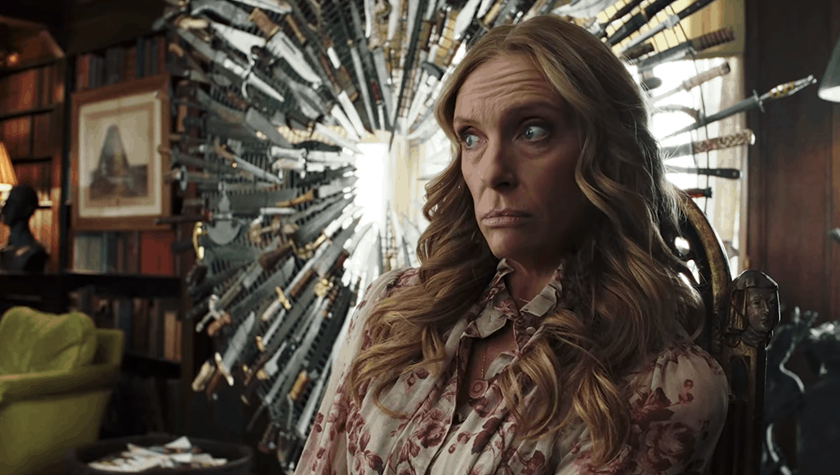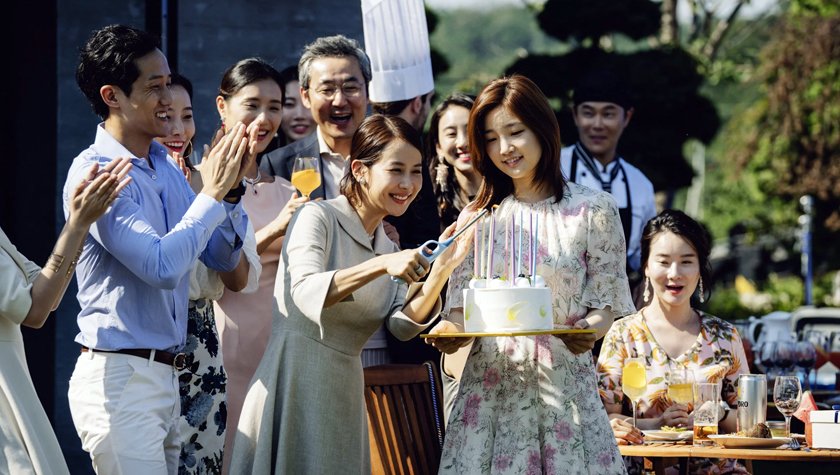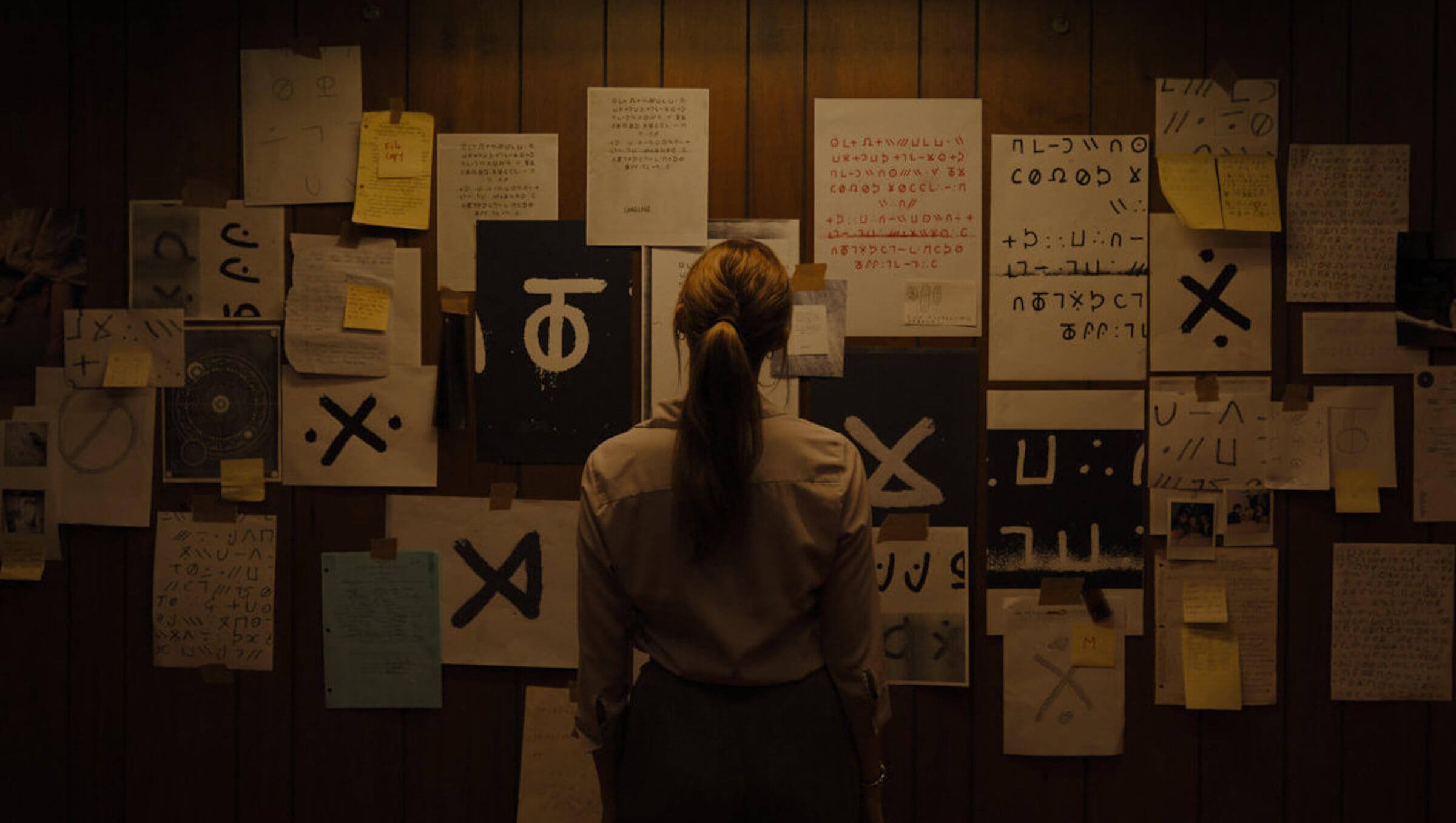Why Horror Never Dies
October 8, 2024
Scary is in. Fear is fashionable. Horror is hot. That’s what we’re told. Judging strictly by box office returns and critical acclaim—not to mention the occasional Academy Award® for best screenplay—horror does seem to be having a moment in the zeitgeist.
These days, news articles and industry insiders will say things like, “horror movies are really big right now.” But we horror fans, the tried and true aficionados of the genre, know an icky, bloody truth: horror never went away.
Since the earliest Dracula movies to the latest underground Korean horror, the genre is always in production, always being watched, and always pushing the limits of scares, gore, monsters and fear. It’s like the cockroach of the entertainment industry. You may think you’ve stomped it out or that it’s reign of terror is over, but it’s always there, hiding in the shadows.
The master of horror, Stephen King, said it best when he mused that we can’t get enough of horror because we are “daring the nightmare.” (Read his wonderfully morbid little essay on why we crave horror here.) In an effort to dissect this bloody, disgusting and glorious genre, let’s dig ourselves a deep grave and see if we can break down why horror never dies. Sure, we know fear is timeless, but there are a few key reasons that horror is the monster that can’t be killed when it comes to movie genres.
Horror is a high
We go to the movies to be entertained; for a release. And the quickest collective bit of entertainment is fear. “We love to get scared,” says Zack Zucker, a manager at Bellevue Productions. “It's a communal experience that requires a low level of mental effort and yet it gives us hit after hit of glorious dopamine. Fear, along with laughter, are the purest forms of fun in cinema. But only one of those translates overseas.”
Horror is cheap to make with big returns (it it’s a hit)
Horror movies don’t need big movie stars. They don’t even need big special effects. That’s not to say care, time and love don’t go into horror—because it does, and it always should—but, let’s face it, you can make a horror movie on the cheap. If you’re a screenwriter reading this article, I’d bet my sharpest knife that you have friends who’ve made a cheap horror movie or are trying to make one right now.
The thing is, as far as movies go, horror is not a bad investment. It doesn’t take a lot of cash to make one, and if it does become a hit, the return on your investment can be great. Look at how many movies Blumhouse Productions puts out every year and what they earn. Or this list from Mental Floss, you might be shocked at how many movies on their “Most Profitable Movies” list are horror films. This brings us back to Zucker’s statement that part of the reason horror movies are so profitable, is because they do well in other countries and cultures. Fear doesn’t really need a translator. You can pick up plenty, even with the sound off.
Horror is a safe way of looking at the worst in ourselves
Strange as it may sound, horror films give us a safe scare. They’re a bit of fake terror to keep us from thinking about the outside world. “The world has always been far scarier than any horror film,” says William Day Frank, producer of Pod, Psychopaths and Berserk. “Horror films are also heightened explorations of trauma and guilt. They're how we probe our collective unconscious. As such, horror as a form can be extremely malleable: it can be entertaining, bleak, depressing, hilarious, or inspiring.”
Because horror movies are often a reflection of the fears and anxieties present during their creation and release, horror has often been the long arm of social commentary and criticism. “Take filmmakers like Jordan Peele and John Carpenter,” says Frank. “They show us that horror can also be an excellent form of social critique.”
They call this type of film “elevated horror” these days, but that’s just a buzzword. Horror has always been doing this, and true horror fans know that. Sure, the most recent crowning achievement is Get Out, which deals with race in America. But look back a little further and you’ll find a never-ending list of horror films tackling the issues of the day. The Mist (2007) - The terrorist attacks of 9/11. Dawn of the Dead (2004) - Reagan-era commercialism. The Host (2006) - Korean/U.S. military relations. Invasion of the Body Snatchers (1978) - Cold War communism. I could go on all day, because “elevated horror” has been around as long as horror.
Horror happily recycles its core concepts and tropes
How many haunted house movies are there? Serial killer movies? Demons possessing a little girl? Sharks in the water? No matter how clichéd, repetitive and overdone a certain kind of horror movie may seem, it can constantly be recreated, tweaked and tinkered with to breathe new life into dead ideas. Do you think there weren’t zombies before The Walking Dead or haunted houses before The Conjuring? Horror is cyclical—like the natural world and its real terrors that horror emulates—and it’s only a matter of time before every kind of scare comes back around.
Death is a universal mystery
Finally, let’s put business talk and gruesome observations aside, because there’s a single human, ever-present concept that hangs over horror movies: Death. And that really is the crux of horror, the foundation of fear.
"Horror never dies because death remains a great mystery,” says Kathy Charles, writer of Castle Freak and Jakob's Wife. “It will always be human nature to want to get close to it, poke and prod from a safe distance, dip our toe into the darkness. As long as death is unknowable, we will be drawn to stories about it. The greatest and most enduring horror stories of all time deal with the question of what happens to us after we die. If that question is ever answered definitively, horror writers will have a lot less material to work with!"
Please note: This article has been updated from its original publication date of September 17, 2019.
Written by: Dennis Fallon
Dennis Fallon is an award-winning journalist and screenwriter. When not ghostwriting feature films in Los Angeles and Europe, he is a member of MENSA, an ordained minister and a rock musician who has composed music for over two hundred episodes of television.- Topics:
- Discussing TV & Film




